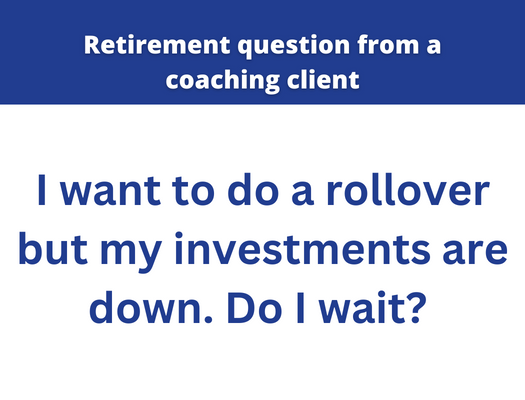Did you read that right? Yep. There is no law in the United States that says that your financial advisor is legally obligated to invest in your best interest – known as a fiduciary standard.
There were attempts to rectify this. In 2017, the Department of Labor attempted to pass a law called Fiduciary Rule, requiring any retirement / financial adivsor working with defined contribution retirement plans (like your 401k), benefit plans, and IRAs, to act in the best interest of their clients. Before this, there was no law that’d require this.
Lots of industry groups supported this. Including the CFP Board, the Financial Planning Association, and the National Association of Personal Financial Advisors.
Unfortunately, this rule never came into fruition and was defeated by the US Fifth Circuit Court of Appeals in June 2018. The SEC (Securities Exchange Commission) instead recommends that brokers live up to the Best Interest standard – meaning they need to invest so that your investments make money, but they don’t have to invest to make you the MOST money.
And so what do you get? Many financial advisor firms will take your money and charge:
- Front load fees – fees that are taken off of your investment before it’s invested into a fund. Such as 4 – 6 %
- High investment management fees – For example, if they charge a 1% fee each year regardless of how much your investments perform, assuming a broad 10% average return rate, your real return rate would be 9%. You’d miss out on 10% of your lifetime net worth growth. Let’s say you’re trying to grow to $1M, with this fee, you’re already looking at $100K less compared to someone not paying this fee
- They may sell you unnecessarily expensive financial products. The worst of these? Life insurance policies sold as “investments”. Here’s why I don’t like them (IUL, VUL, whole life, permanent life): The pricing is not transparent. Each policy is priced according to your age and health (hello discrimination). You can’t trade these policies. They’re hard to liquidate. You only get updates maybe once a year on how much they’re worth. And you have little visibility into how the companies are using your money.
These are the three worst financial advising companies I have seen in my coaching to date. I am not writing their exact names, I’ve swapped some letters, but you can guess who they are:
– “Jaymond Rames”
– “Jdward Eones”
– “A Merry Prize”
I have had to tell my coaching clients to call Fidelity and get out from these advisors. If you want to leave these advisors you absolutely can. All you need to do is call Fidelity, tell them you want to do a brokerage to brokerage transfer, and they’ll help you with the paperwork. Ignore any emails, phone calls, please from your old advisor or threats that you can’t do it. It’s all lies.
People can absolutely invest fine on their own, and if need be, use a roboadvisor. If you’d like a human advisor, you should confirm that they are fiduciary, and typically they would charge fixed fees or reasonable fees of 1% or less of assets being managed. Roboadvisors change between 0.2-0.4% of assets being managed.
Here at Save My Cents, I’m all about helping you grow your money as much as you can, and saving your coins. Check out my Save My Retirement Masterclass, which is the most definitive class out there teaching you how to save and invest a retirement in the US.











[…] a blog post on financial advisors which set off a firestorm of work for my social media assistant this […]